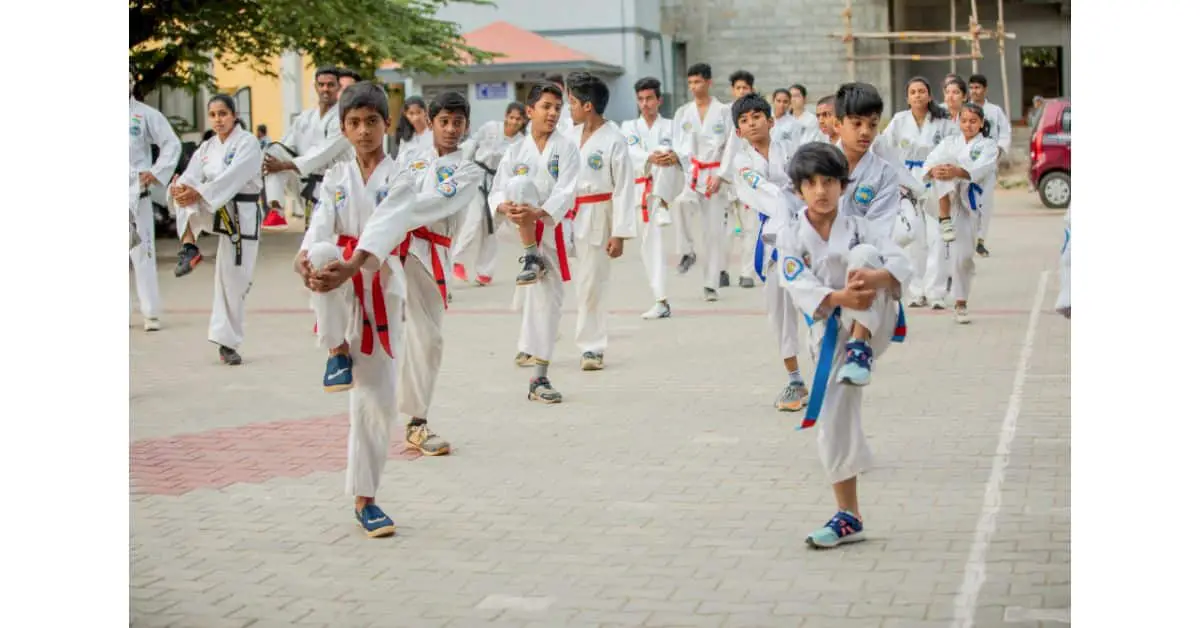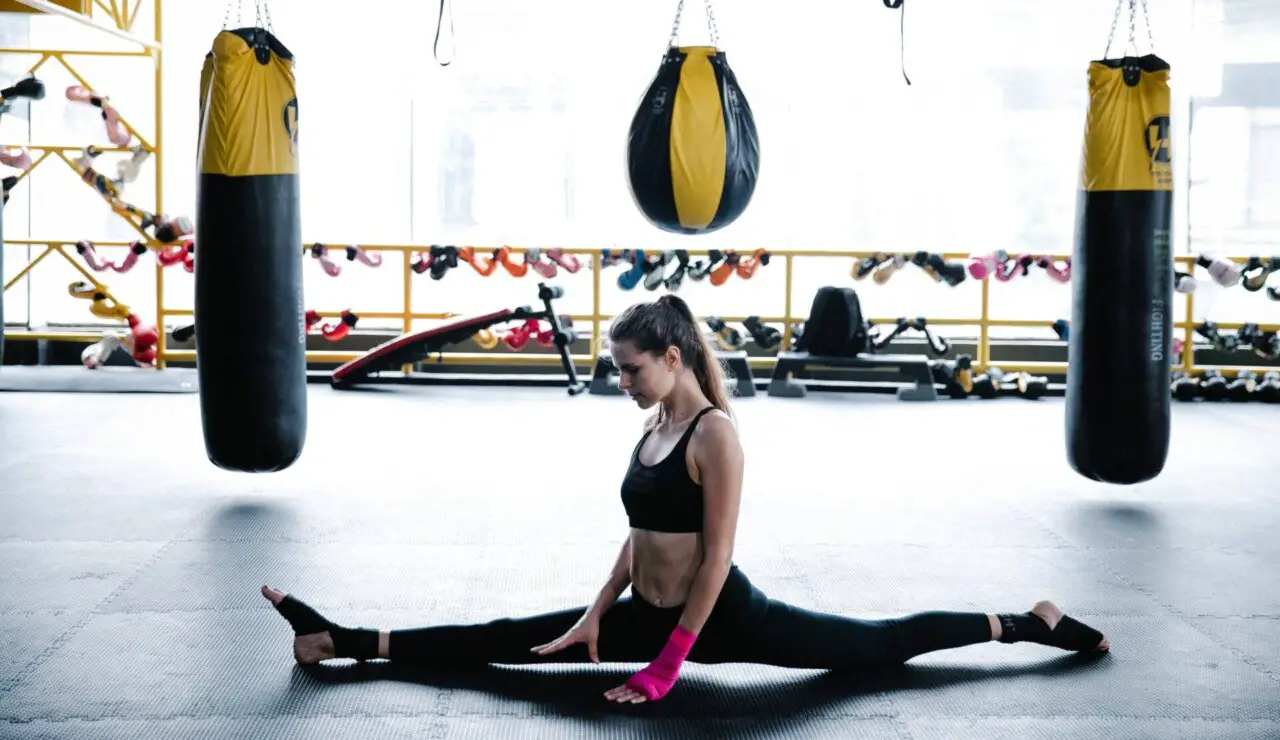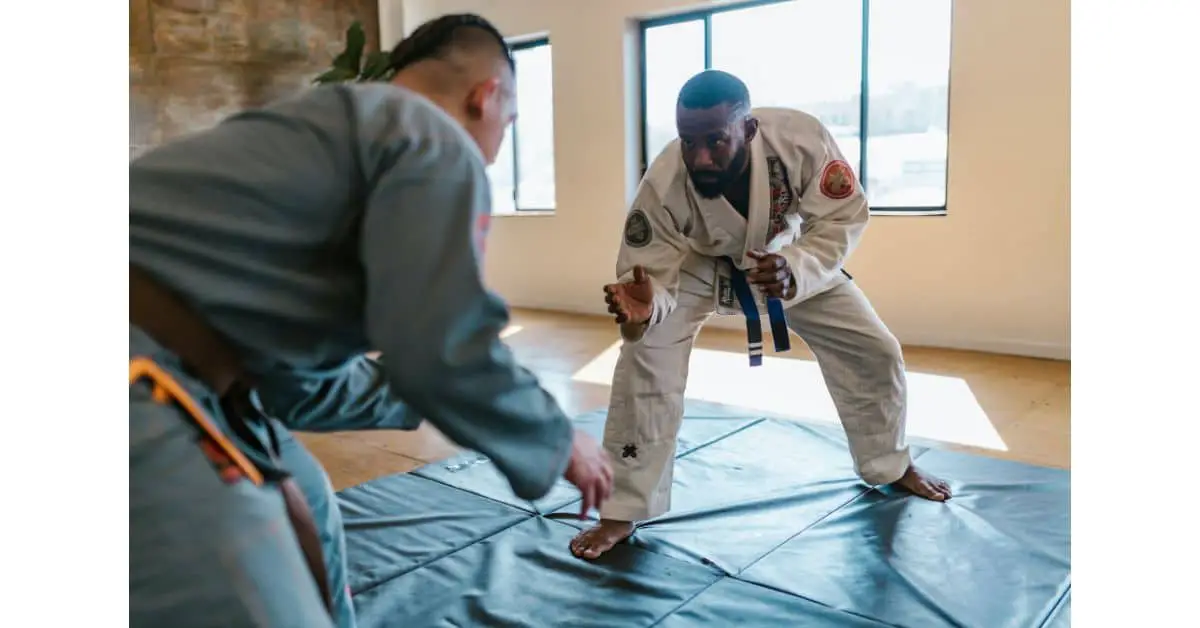Karate training frequently includes discussions of flexibility. Flexibility, or limberness, enables us to keep each joint or all joints in a good range of motion. Our health and quality of life are improved when we are flexible.
Losing flexibility could also make us more prone to pain and injury, as well as lead to imbalances in our bodies, especially as we become older. However, flexibility is a personal trait, it is influenced by our genetics, natural body composition, past levels of activity, and natural body structure.
You don’t need to be flexible to practice karate because the exercise itself makes you more flexible. Because of this, regardless of where you started, every trainee will inevitably become more flexible. So, do not let not being flexible prevent you from karate training.
Additionally, flexibility varies depending on the tasks for which the desired range of motion is used. The ability to move your muscles to bring a limb through its full range of motion, also known as dynamic flexibility or kinetic flexibility, is something people normally strive for in martial arts.

Other types of flexibility include static-active flexibility, also known as active flexibility, this refers to the capacity of your muscles to take and maintain an expanded position. Active flexibility can be seen in the position of a ballerina holding up their leg. Martial arts training is also interested in active flexibility because it requires precise control of our limbs, for instance, to strike a target or pressure point in our opponent.
Another flexibility useful in martial arts is static-passive flexibility, commonly referred to as passive flexibility, which is the capacity to take and hold an extended position utilizing gravity or a tool. Passive flexibility can be shown in someone doing the “splits.”

The level of sports and martial arts achievement are more strongly correlated to active flexibility than passive flexibility because active flexibility demands not only range of motion but also muscle strength and control. Thus, it’s more difficult to develop than passive flexibility.
Executing exquisite kicks in any martial art requires a lot of strength, balance, and flexibility. Karate training and most martial arts are quite centered around active flexibility, and active flexibility is learned through consistent practice.
The training will help you become more flexible over time, it could be hard in the beginning but with time training will be a lot more enjoyable because the muscles will be able to stretch more and produce greater results.
Why karate doesn’t require flexibility
Karate doesn’t require flexibility because it’s something it develops. As a result, all trainees—regardless of their age, gender, or any other background—will become more flexible. In fact, it’s not even a factor when you first begin your training.
Flexibility is not one of the essential requirements to begin your karate training. Karate is thought to be incredibly adaptable and simple to learn by martial artists. It first begins in your mind. Karate requires your mind’s focus, to carry out that mental preparation, you have to meditate and focus.
Clearing your mind of all thoughts and focusing on taking consistent, deep breaths while exhaling through your lips can help you become ready to practice karate. Although there is no set duration for meditation, at least five minutes should be sufficient to allow you to focus because meditation boosts your combat skills!
The fundamentals of karate include striking, kicking, and sparring. Punching techniques include straight punches, elbow strikes, and round kicks. A willing partner is required to use sparring to increase stamina. Students who spar learn how to transition quickly between different karate skills.
Karate depends on good balance, swiftness, and force. It is simple to master some fundamental stances that are crucial to the practice of karate. The ready stance, front stance, walking stance, and back stance are a few examples. Positioning the feet and being prepared to engage is all that is required for stances.
So with a healthy mind focus and adequate mental preparation, you can begin your karate training or practice knowing that you can overcome any obstacle.
5 exercises to improve flexibility for karate
Instructions for a variety of karate stretching exercises are provided in this section. These stretching exercises are used in karate to increase flexibility and lower the risk of injury (i.e., a pulled muscle). Many numbers of exercises and stretches can be identified but for karate, you need to know the following ones:
Classic Static stretch
In static stretching, you arrange one of your limbs so that it feels stretched but not painful, and you keep that position for 15 to 20 seconds. Static stretching was probably something you did after running a mile in gym class or participating in school sports when you were in elementary school if you can remember.
Dynamic Stretching
Active movements that allow joints and muscles to fully extend their range of motion are known as dynamic stretches. They might be utilized to aid in preparing your body for exercise.
Functional dynamic stretches can imitate the movements of the activity or sport you’re about to engage in. Before engaging in any form of exercise, dynamic stretches can also involve a sequence of exercises to get the body moving. Examples include leg swings up against a wall, walking lunges, and trunk twists.
Proprioceptive Neuromuscular Facilitation (PNF)
You can increase your range of motion by using the stretching technique known as proprioceptive neuromuscular facilitation (PNF). Martial artists utilize it to increase their flexibility.
PNF helps you build stronger muscles, and can increase your strength, ROM, and flexibility in karate.
As stated, the main goal of proprioceptive neuromuscular facilitation is to increase range of motion and performance. Studies found both of these to be true when completed under the correct conditions.
Source
Ballistic Stretch
Ballistic stretching involves pushing a body portion (or parts) beyond its range of motion. It involves bouncing and performing a hyperextended stretch while using momentum. Ballistic stretching is a technique used by athletes, ballerinas, and other martial art artists to develop flexibility and jump momentum.
In general, experts and medical professionals believe that ballistic stretching is not only ineffective at increasing flexibility, but also puts the practitioner in great danger of harm. Ballistic stretching should not be done as a result.
No-rest interval stretching
It was found that NRI stretching is advantageous for increasing the maximal range of motion and mastering personal training.
Are martial artists flexible?
When you first start practicing martial arts, you might be concerned that you are not as flexible as the other students. You might even believe that you lack the necessary skills to advance as a proficient martial artist. It doesn’t have to be this way, though.
Everyone who does martial arts professionally has a certain degree of flexibility. Some maneuvers or techniques merely demand it. You won’t encounter a rigid artist, albeit one may be more flexible than the other.

In karate, increasing general flexibility is important, and martial artists who are flexible have definite advantages over less flexible artists. He or she will be able to pick up new abilities more quickly, be less likely to get hurt, be able to execute a wider range of tasks, and typically look better.
Final words
Know that no matter the age, gender, or other restrictions you may have, everyone can train becoming more flexible. Anything is possible if you set your mind to it, and this applies to developing flexibility, which can help you become a better martial artist.
To reach your flexibility goals, keep these things in mind: be patient with yourself and your body, be persistent, make a plan, find what areas you’re not so flexible at, then practice consistently. Finally, maintain good nutrition, including more proteins in your diet will help you repair your worn out muscles faster as you train!
If you enjoyed reading this article, I also encourage you to read about karate’s belt order. If you want to train in it—such information is vital.

